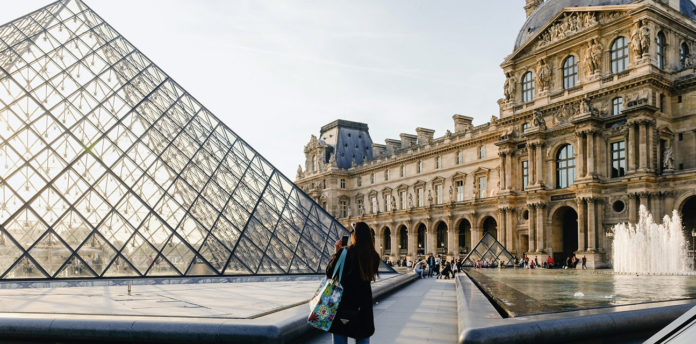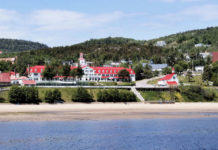In 2021, Paris was the second most visited city in all the world with 19.1 million international visitors. This city has attracted people from all over the world for centuries because of its beauty, delicious cuisine and historical importance. Well, travelling to Paris is always a good idea! But if you’re planning on visiting the city, it can seem overwhelming to start your research on what to see, since there are so many sites to see. Here are 15 of the most beautiful places to see if you’re travelling to Paris.
What to visit in Paris?
The city brims with rich museums, lush parks and architectural gems so you don’t want to miss anything once you get there. Since this is a more basic guide of the most famous and important sights to see in Paris, you’ll probably recognize most of these places but trust us, they are really worth your time. Paris is the perfect city to visit if you love art, music, fashion and food but we’re sure you’ll find some sights that will pique your interest.
Garnier Opera
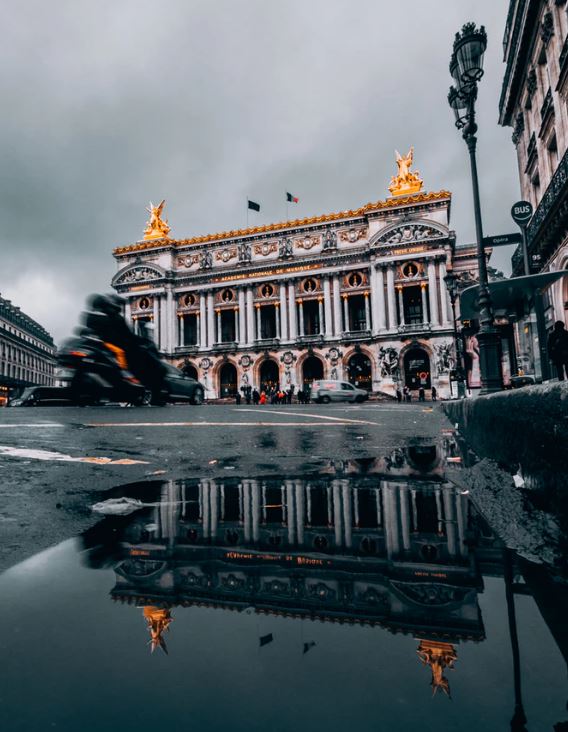
The Garnier Opera, also known as the Palais Garnier, was built from 1861 to 1875 and is located in the 9th arrondissement. The Opera seats 1,979 people and is probably the most famous Opera House in all of the world. If you’re a fan of Gaston Leroux’s writing, you know that his 1910 novel The Phantom of the Opera was set in this Opera (and the very popular musical and film adaptations). The architectural style is Second Empire and Beaux-Arts. You’ll enjoy the exterior as much as the interior since there are so many details and interesting sculptures.
The Louvre Museum
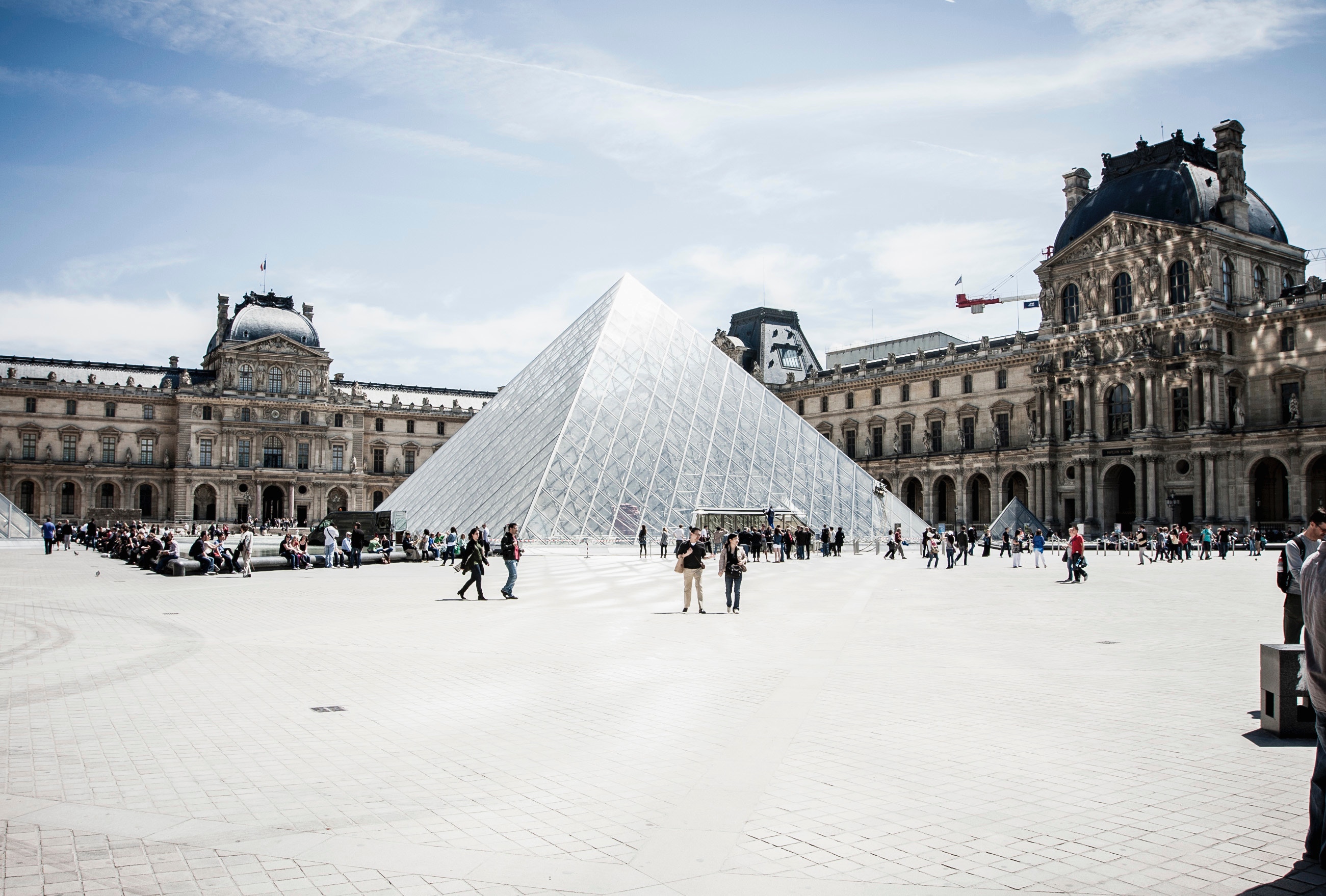
You can’t visit Paris without spending some time in the Louvre, situated in the 1st arrondissement. This museum used to be a royal palace until King Louis XIV chose to move his court to Versailles. After the French Revolution, the building was turned into a public museum. This is the largest museum in the world and houses some of the most paintings, sculptures and scriptures in the world: the Mona Lisa, the Code of Hammurabi, Venus de Milo, the Portrait of Louis XIV, and Liberty Leading the People. You can spend many hours exploring this museum so it’s best to pick a few collections and limit your time.
Luxembourg Gardens
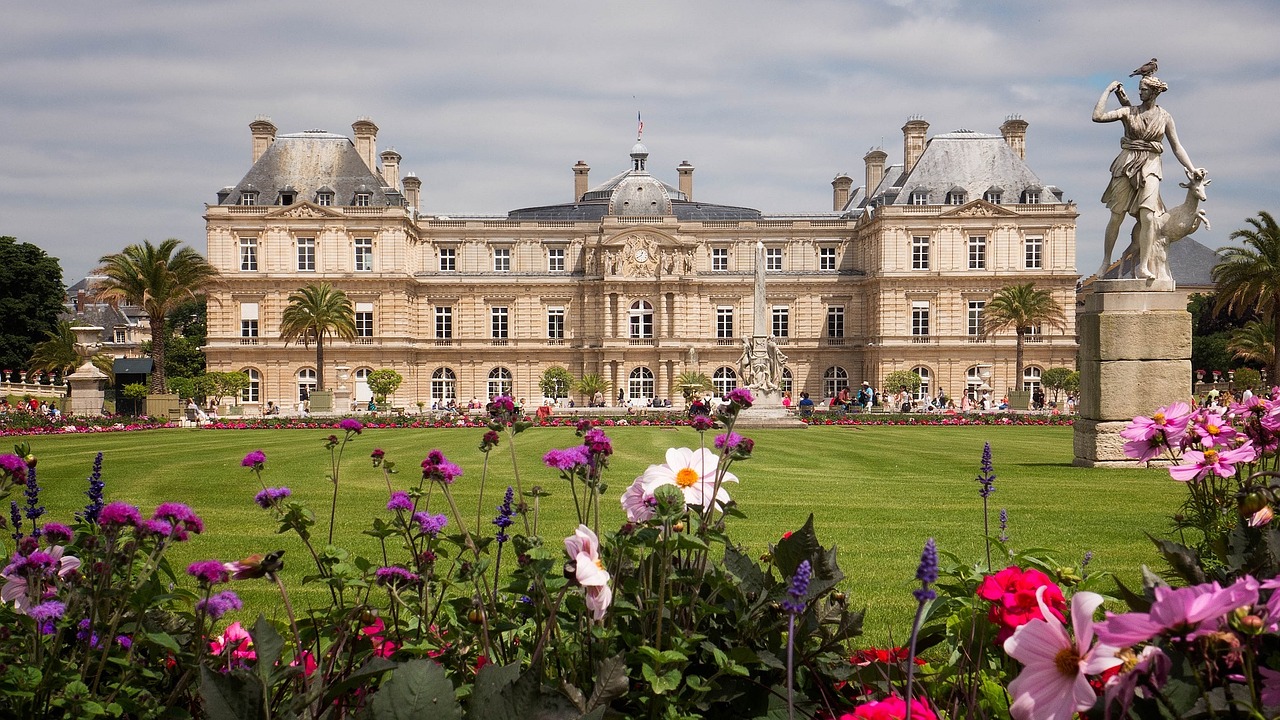
If you have a chance to visit France in the spring, summer or early fall, make sure you take the time to enjoy a little bit of sun and fresh air in the Luxembourg Gardens. It is located in the 6th arrondissement and is the second largest public park in Paris with its 25-hectare surface. The Gardens were created by Marie de’ Medici in 1612 and were inspired by the Boboli Gardens in Florence, Italy. These Parisian gardens are divided in French and English gardens with a pond and forest between the two gardens. There are many activities for all ages in this green space.
Musée d’Orsay

This museum is also a must-see. This is a relatively new museum since it first opened in 1986. It is a converted railway station and has the world’s largest collection of impressionist and post-impressionist paintings from the world’s most famous artists like Monet, Cézanne, Van Gogh, Renoir and Degas. The French wanted to have a transitional museum between the Louvre and the National Museum of Modern Art. It is beautifully located in the 7th arrondissement and sits directly next to the Seine river. It is the tenth most visited museum in the world.
The Pantheon

This neoclassical building might look a bit familiar if you’ve ever been to Rome since it was modelled on the Pantheon in Rome. It is located in the 5th arrondissement, right on the Sainte-Geneviève mountain which shows beautiful views of all Paris (it’s worth going there just to see the gorgeous view). It is now used as a secular mausoleum (a building that acts as a burial chamber) and some of France’s most iconic people are buried here: Voltaire, Jean-Jacques Rousseau, Victor Hugo, Louis Braille, Marie Curie and Alexandre Dumas.
Notre-Dame de Paris Cathedral
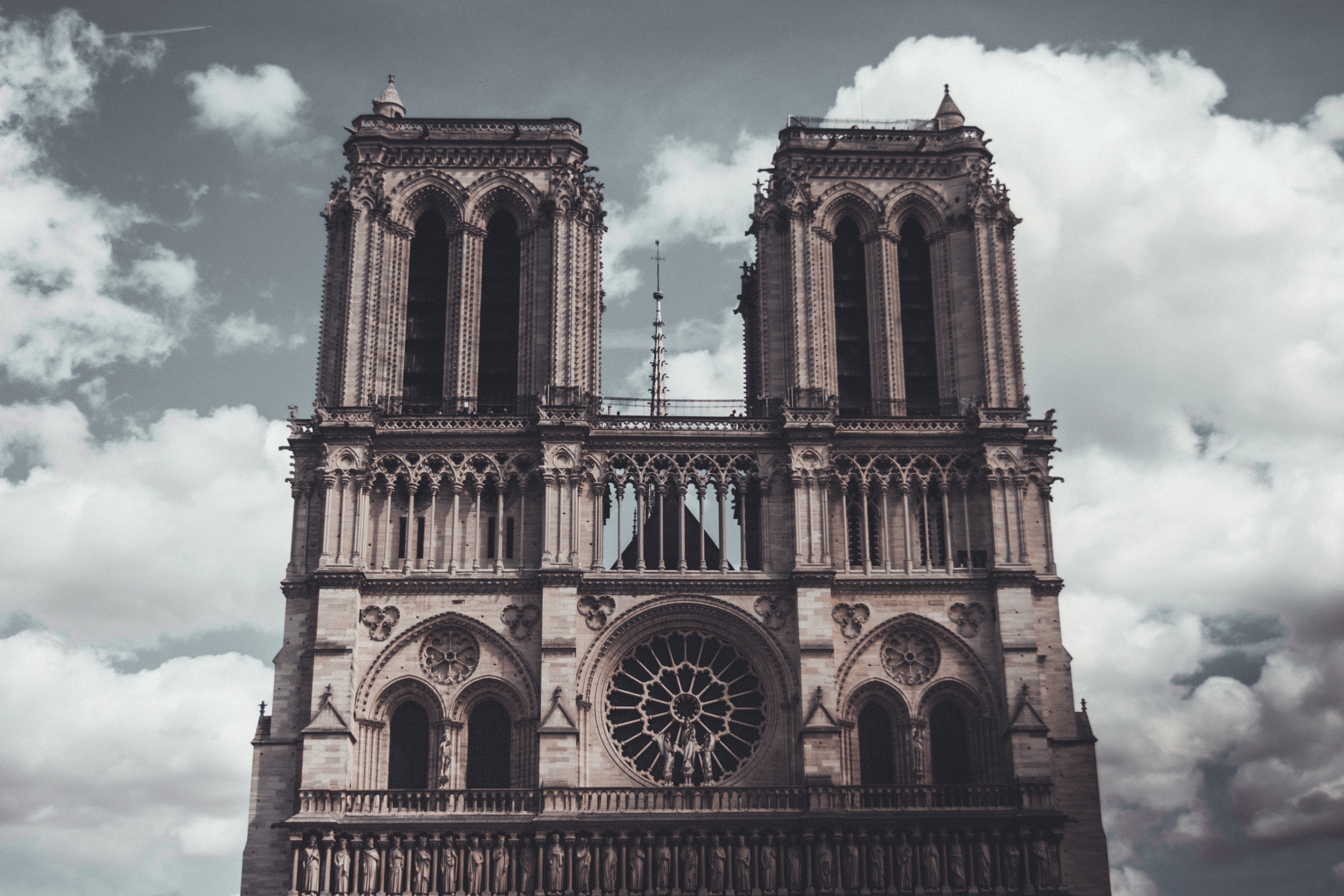
This huge French Gothic cathedral is located in the 4th arrondissement. The cathedral was begun in 1160 and was largely complete by 1260, but officially, it was completed in 1345. If you’ve ever heard of Esmeralda and The Hunchback of Notre-Dame or the writer Victor Hugo (especially the Disney movie version), then you know the importance of this cathedral. The entry into the cathedral is free but to see the view of the whole city from the towers costs 8,50 euros. The cathedral is located on a small island on the Seine. You can get there from the many bridges like the Pont Notre-Dame, Pont du Change or the Pont Neuf.
On April 15 2019, a terrible fire destroyed a big part of Notre-Dame de Paris cathedral. Luckily, the firefighters were able to save many artifacts and the two towers didn’t collapse. Obviously, the renovation works will cost a lot of money and will take many decades to be completed, but Parisians have hope.
Eiffel Tower
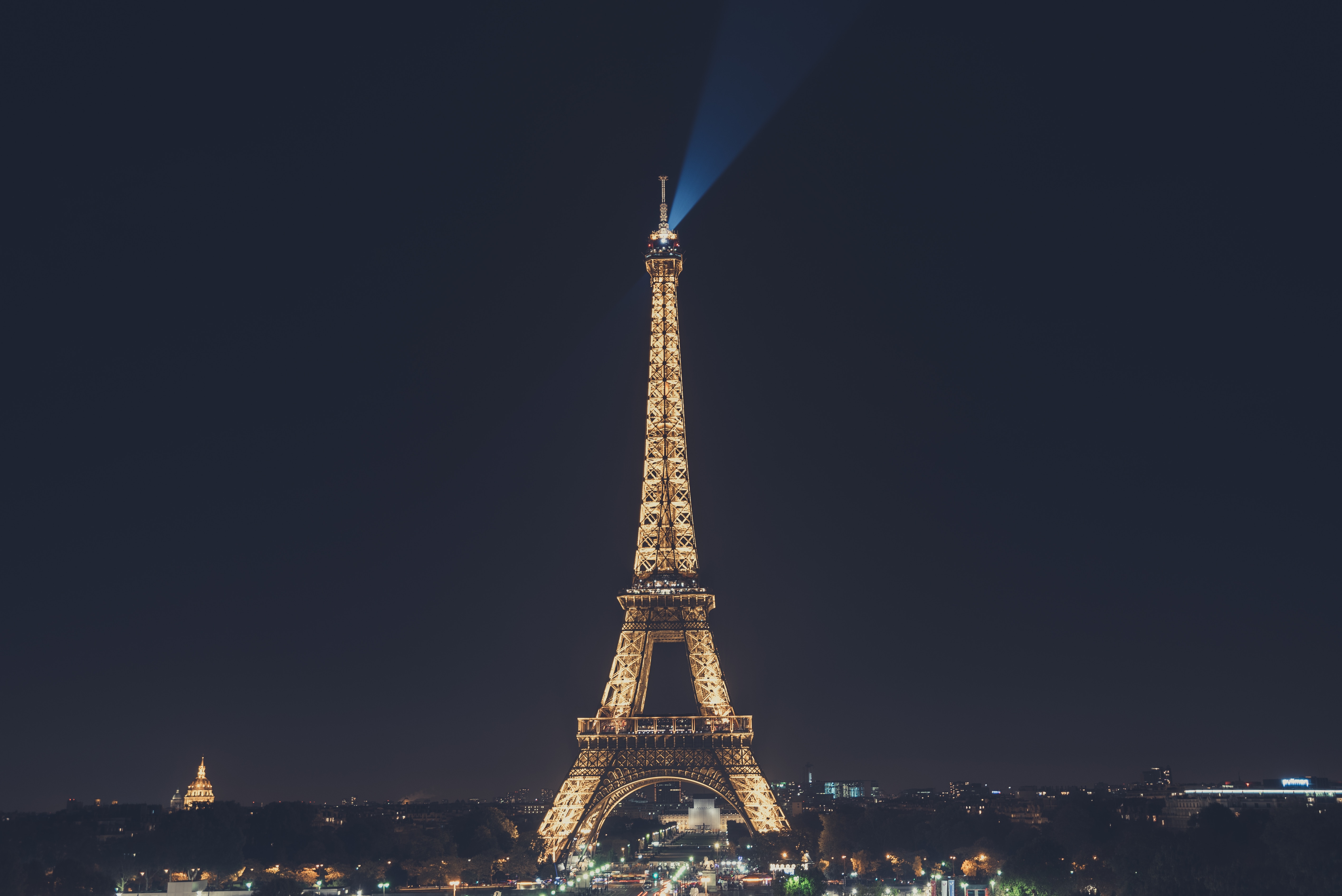
You can’t be travelling to Paris and not go see the Eiffel Tower… If one has to think about one sight in Paris that represents the city, probably 99.9% of people will say the Eiffel Tower. This triangular tower is the tallest building in Paris and is made with wrought iron lattices was constructed from 1887 to 1889 for the 1889 World’s Fair. There are three levels, restaurants and an observation deck at the top. The engineer who designed and built the tower, Gustave Eiffel, was received with mixed reviews. Many artists protested against the tower. You don’t have to walk up or take the lift up the tower but we suggest you admire it at night when all the lights go on.
St-Martin Canal
This beautiful canal is 4.6 kilometres long that was built in 1802 when Napoleon I ordered its construction to supply more fresh water. You can start your walk along the canal at the Place de Stalingrad to the Quai de la Râpée. If you prefer being on the water, you can take a cruise on a passenger boat. After you visit the Orsay Museum and see a few of Alfred Sisley’s paintings of the canal, you will enjoy walking by it even more.
Sacred Heart Basilica of Montmartre (Sacré-Coeur)

Sacré-Coeur is a Basilica located on the Montmartre hilltop. There is an amazing view of all of Paris on the highest point of all the city. The Basilica was completed in 1914 but the construction started in 1875. This Roman Catholic church was built because a French Bishop expressed in one of his speeches that the defeat in the Franco-Prussian war was caused because of a “century of moral decline”. The overall architectural style is Romano-Byzantine. The dome at the top can be accessed for a spectacular view of the whole of Paris. If you’re travelling to Paris soon, it’s a must-see.
Père Lachaise cemetery
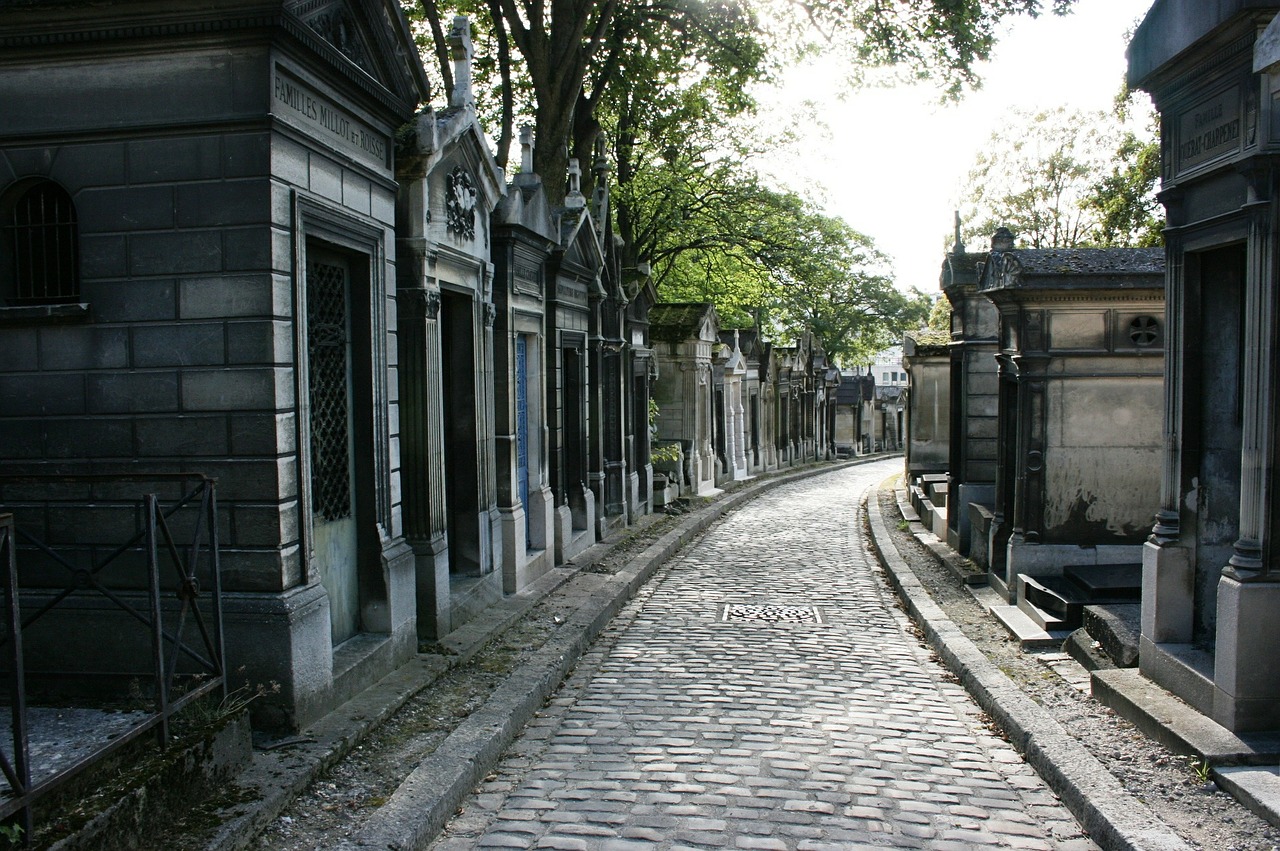
The Père Lachaise Cemetery is one of the most beautiful, serene and quiet places in all of Paris. It is the largest cemetery in Paris, located in the 20th arrondissement. It is the most visited cemetery in the world because of the famous people that have been buried here. Oscar Wilde, Colette, Honoré de Balzac, Édith Piaf, Molière, Marcel Proust, Jim Morrison, and more. The cemetery was first opened in 1804 but was not too popular because it was considered too far from the city centre and hadn’t been blessed by the Church. So, the administrators decided to pull a marketing stunt and organize a big event for the move Jean de La Fontaine and Molière’s tomb in the cemetery.
Coulée verte René-Dumont
This 12th arrondissement elevated linear park is the youngest sight on this list but it is still a must-see. If you’ve ever been to New York City, specifically to the High Line in Chelsea, this park might look familiar to you. The Coulée is a park built on top of an old railway infrastructure. This 4.7-kilometre walk was inaugurated in 1993 and begins near the Bastille Opera and ends at the Boulevard Périphérique. The railway was first built in 1859 to link the Bastille station to Verneuil-l’Étang but stopped operating in 1969 and was abandoned until the 1980s when the area was renovated.
Les Invalides Hotel

Les Invalides Hotel in the 7th arrondissement is a huge building filled with museums and monuments (Musée de l’Armée, the military museum of the Army of France, the Musée des Plans-Reliefs, and the Musée d’Histoire Contemporaine), all related to the military history of France. The building was erected in the 1600s and has lived many important moments in French history. It was first built as a retirement home for war veterans. Napoleon Bonaparte is buried here. If you are interested in French history and more specifically the military history of France, this is the place to go.
The Grand Palais

This 8th arrondissement exhibition hall and museum is located at the Champs-Élysées. The construction for the building started in 1897 and was built for the 1900 Universal Exposition. The Beaux-Arts architecture, with glass vault, and an iron and light steel structure. The Grand Palais was first used to host art exhibitions like a Henri Matisse retrospective. During World War I, the Palais was used as a hospital and in World War II, the Nazis used it as a propaganda exhibition hall and a truck depot. The Palais is now used for various exhibits and events and you can also have a bite to eat in the gorgeous Mini Palais restaurant.
Tuileries Gardens
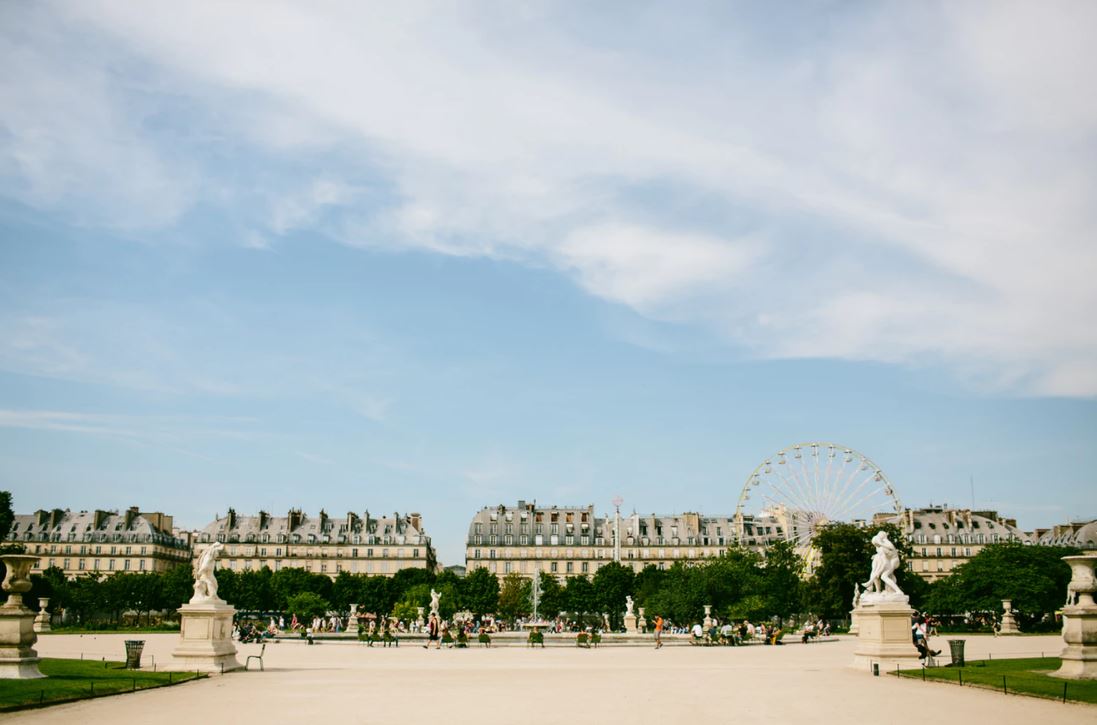
This public garden is located in the 1st arrondissement, right by the Louvre museum and the Place de la Concorde. It was Catherine de’ Medici who created the garden for the Tuileries Palace. The garden was open to the public after the French Revolution. The garden is filled with statues by famous sculptors like Rodin and Giacometti, there are two ponds, fountains and tons of open spaces to relax and have a picnic. It’s a great place to relax while travelling in Paris. The river Seine is close by so it really feels like a green oasis in the middle of this French city.
Arc de Triomphe
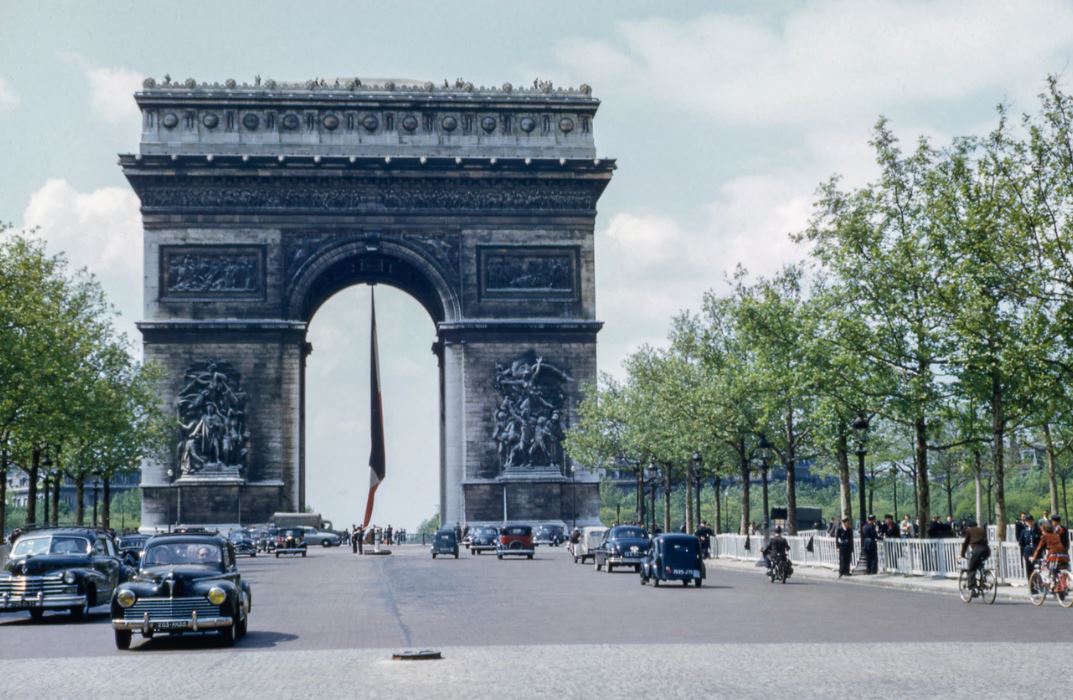
The Arc de Triomphe is a massive monument at the western end of the Champs-Élysées. It is at the centre of the Place Charles de Gaulle and it is in the middle of a junction of twelve avenues. Once you walk down the Champs-Élysées, you can admire this enormous monument which was inspired by the Arc of Titus in Rome. The Arc was erected to commemorate the people who fought during the French Revolution and the Napoleonic Wars. The neoclassical structure has many details with important scenes in French history. It is worth it to see it from far and then to go up close to see all the small details.
Here you go! These are some of the most famous monuments and places to see when you’re travelling to Paris. Did you already visit Paris? What is your favorite place there?

